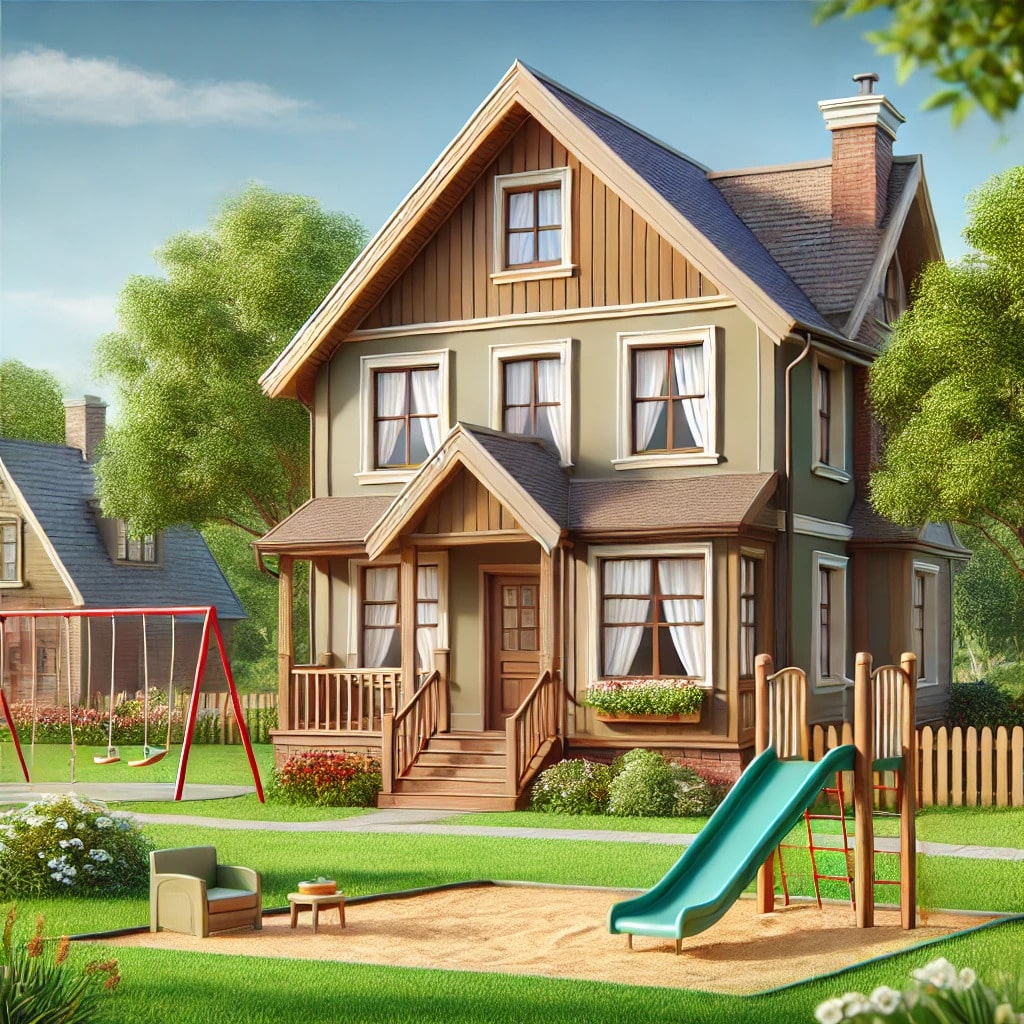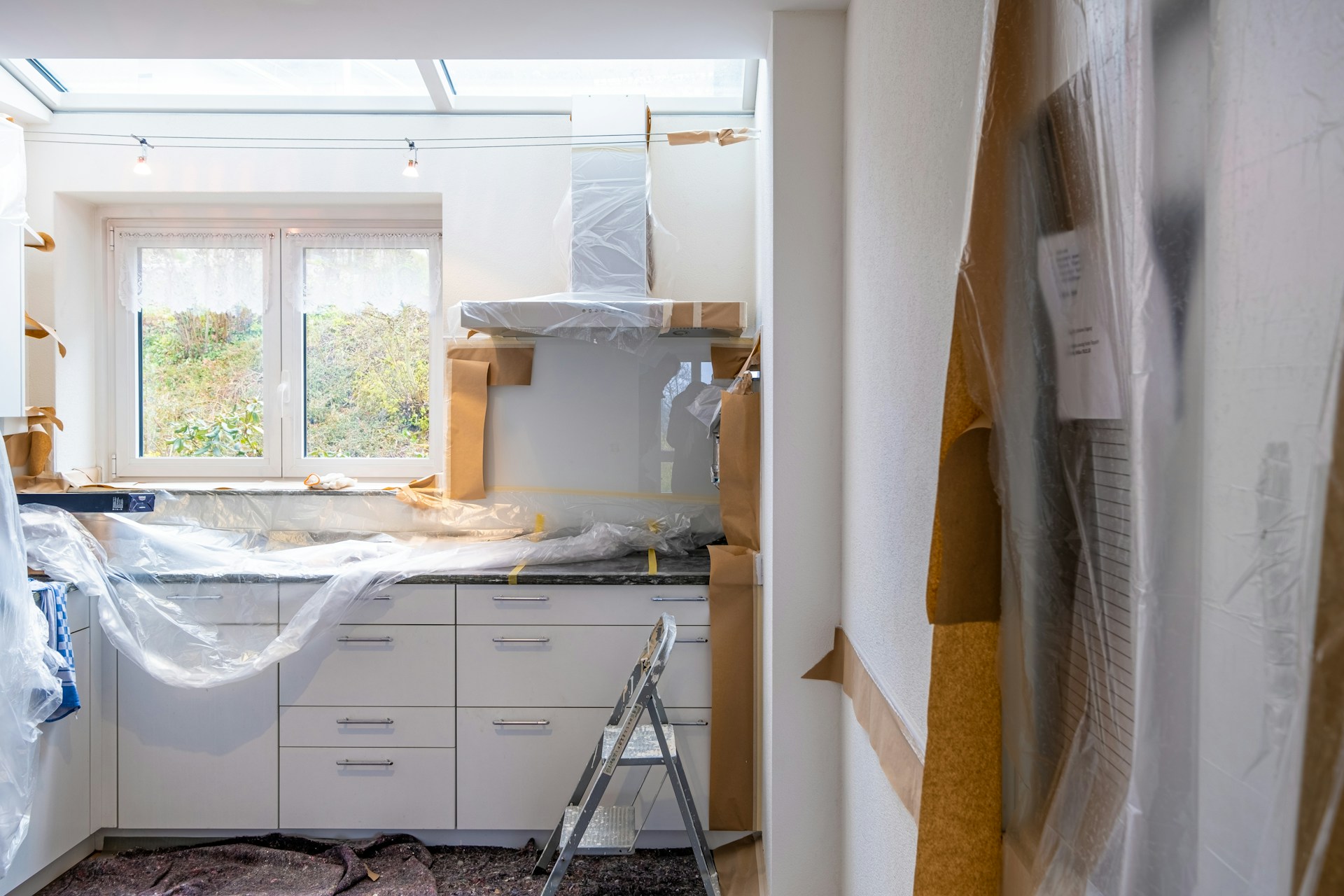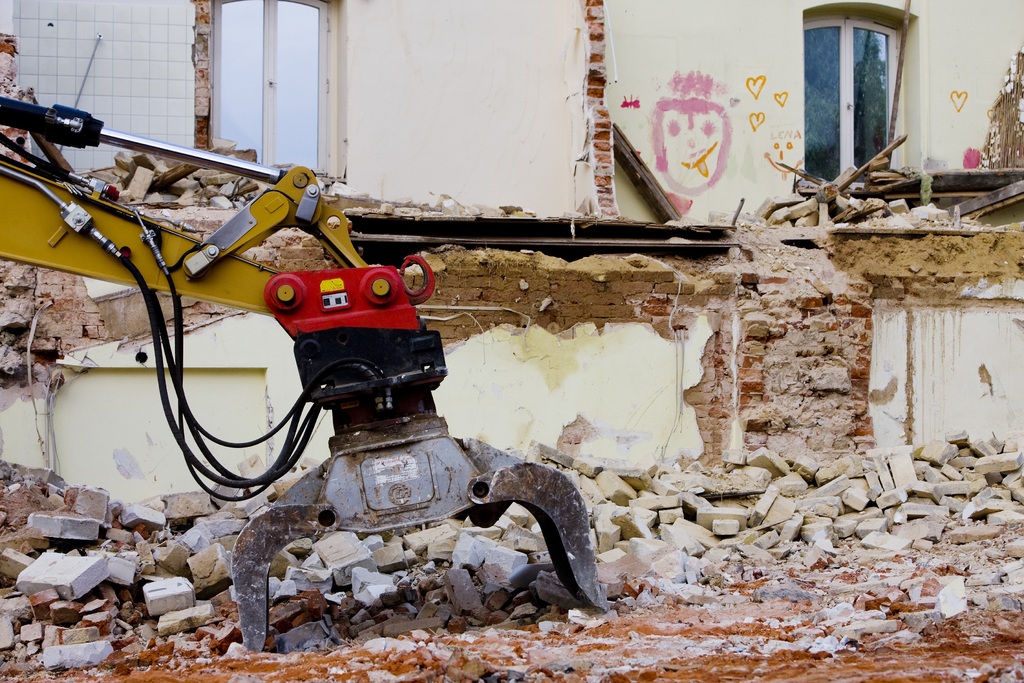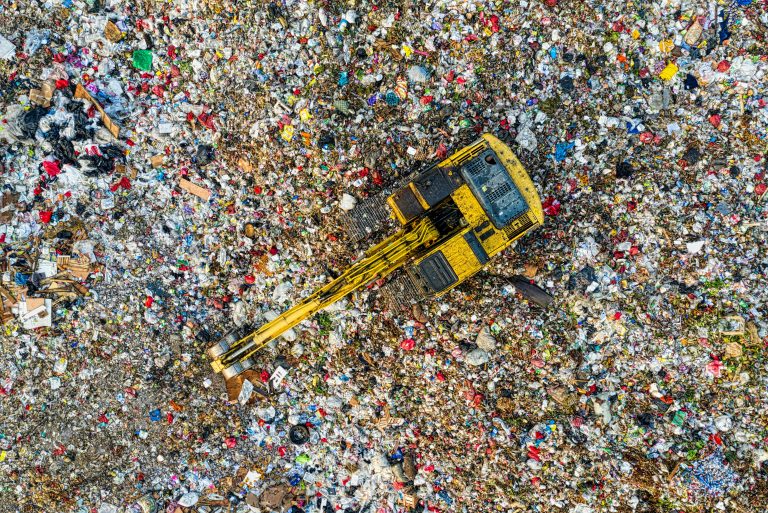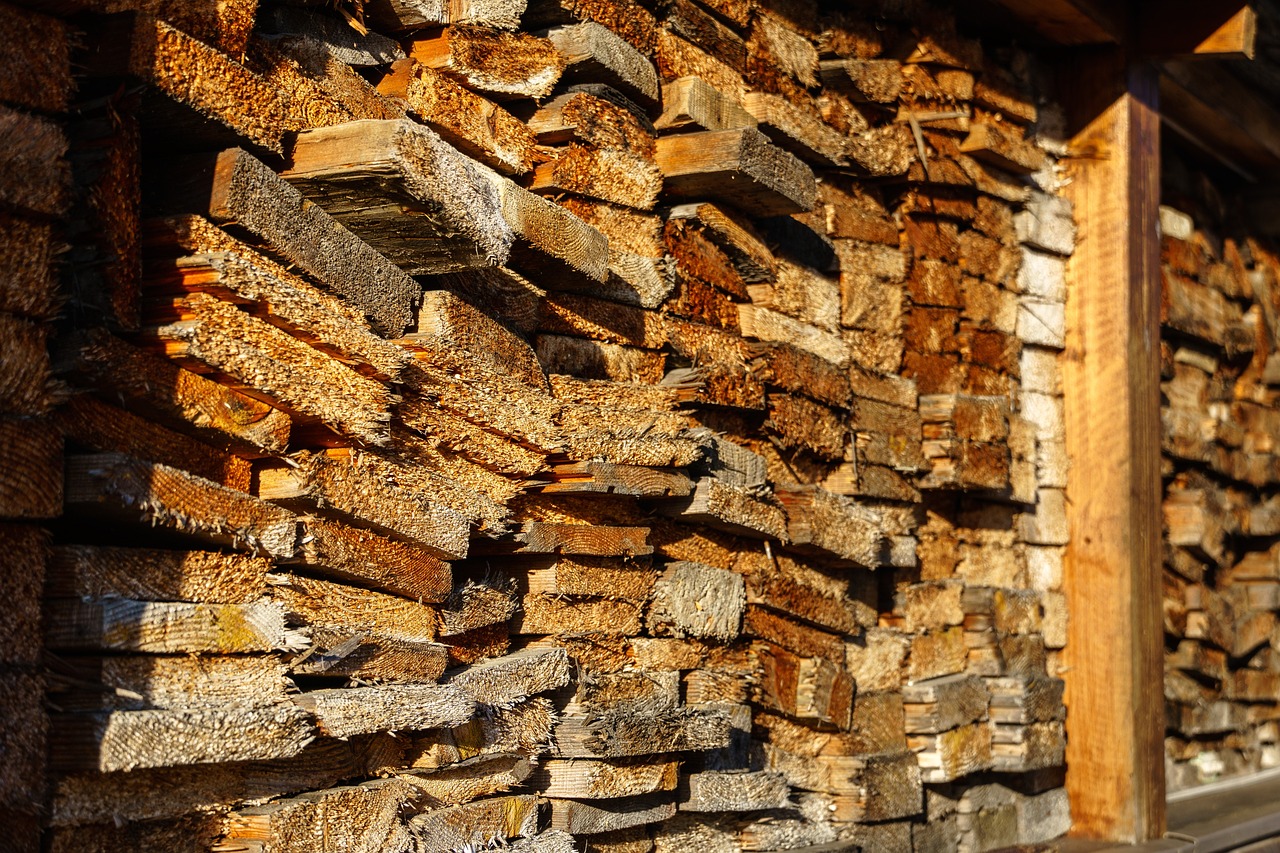What Is Trenchless Sewer Line Repair?
Sewer issues can indeed be a costly nuisance, manifesting as blockages, backups, or leaks. Repairing these problems often requires significant time, labor, and expense. Traditional methods typically involve digging trenches, which can lead to extensive landscape damage and disruption. In contrast, trenchless sewer line replacement offers a more efficient and less invasive solution.
Commonly referred to as “no-dig sewer repair,” this method can usually be completed within a day or two and proves to be more economical in the long run. The two main techniques used are pipe bursting and pipe lining, both of which help minimize stress and save time. Here’s a closer look.
What Is Trenchless Sewer Repair and Why Is It Important?
Conventional sewer repair methods necessitate digging trenches to access, remove, and replace damaged pipelines, often taking a week or more to finish. Trenchless sewer repair, however, allows for the existing pipeline to be repaired or replaced without the need to excavate the old one.
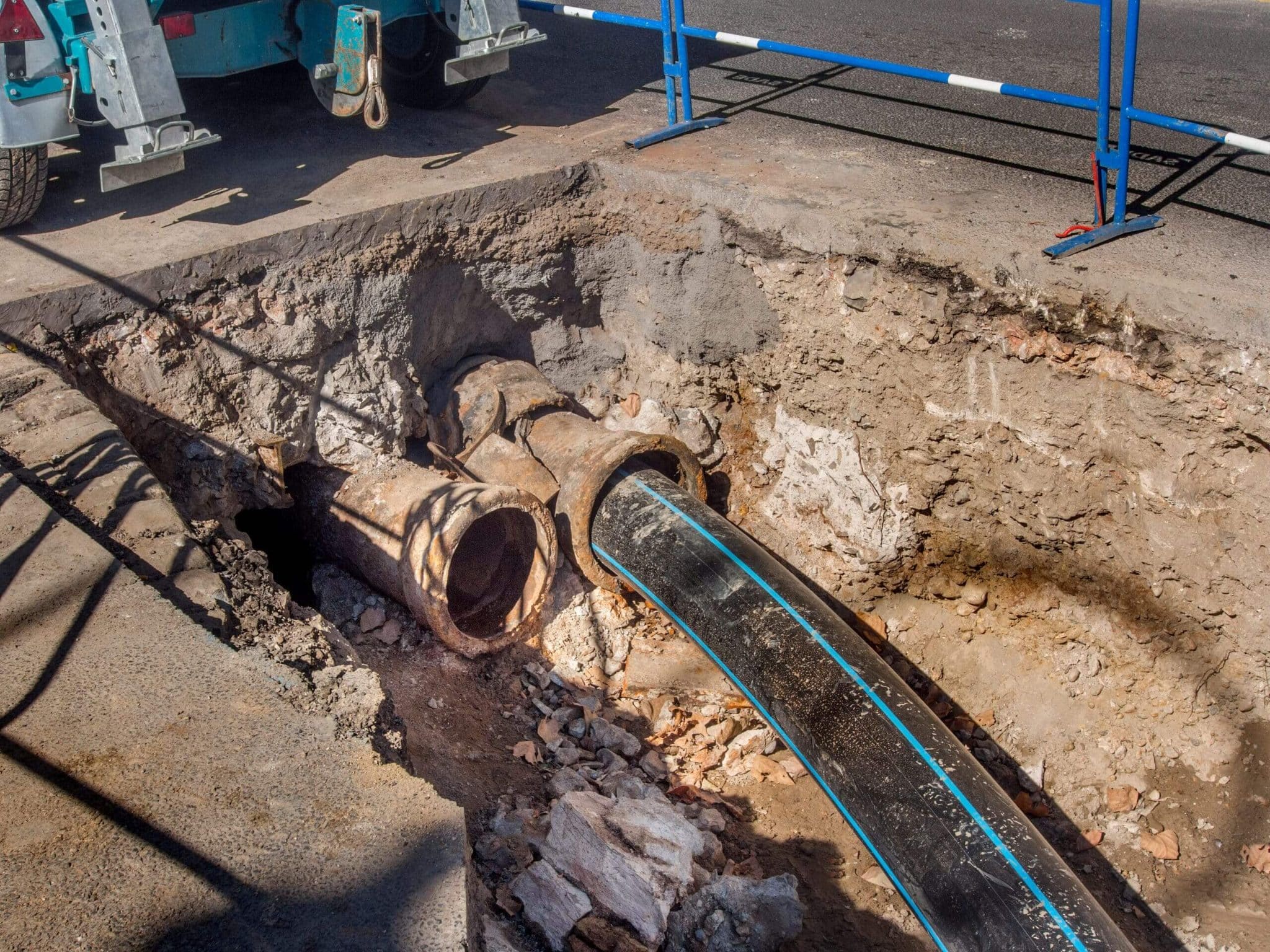
Before any work starts, a camera is inserted into the pipes to assess the damage and determine the best repair options. The two techniques available—pipe bursting and pipe lining—both help to preserve landscaping, sidewalks, and underground utilities.
What Is Pipe Bursting?
Pipe bursting is a method that involves breaking apart an old sewer line while simultaneously installing a new one made from high-density polyethylene (HDPE). A specialized device, known as a bursting head, is inserted into the existing pipeline to fracture it from within.
Attached to this device is a flexible HDPE pipe that takes the place of the old line right away. This technique requires minimal excavation, as only two access pits are dug at each end of the line. One of the advantages of pipe bursting is the ability to increase the diameter of the pipes, which enhances sewage flow.
Understanding Pipe Lining: What It Is and How It Works
Pipe lining, also referred to as cured-in-place pipe lining (CIPP) or structural pipe lining, involves using a sleeve or liner that is coated with epoxy. This liner is inserted into the old pipe and then inflated. The epoxy can cure on its own or be activated using steam or UV light. Within a few hours, the new epoxy lining adheres to the walls of the existing pipes, which can be made of materials like plastic, clay, cast iron, concrete, or PVC.
After the curing process, the liner is removed, leaving behind a fresh epoxy lining inside the old pipe. Other alternatives include applying a resin coating that is either sprayed or brushed onto the interior of the old pipe, or pulling a smaller diameter pipe through the existing one, filling the gap between the two with grout, or connecting them with fittings.
Why Choose Trenchless Sewer Repair?
Thanks to advancements in technology, repairing old sewer lines has become much simpler. Nowadays, small holes can be dug, allowing for quick repairs with minimal damage to your property. The new lining and piping materials available can last over 50 years.
Trenchless sewer repair can reach difficult areas, such as beneath driveways and within building walls. The pipe bursting method is also environmentally friendly, as it minimizes contamination and reduces harm to your home’s exterior. With little impact on the surrounding soil or vegetation, you can remain in your home during repairs and return to normalcy faster than ever.
What Is the Cost of Trenchless Sewer Repair?
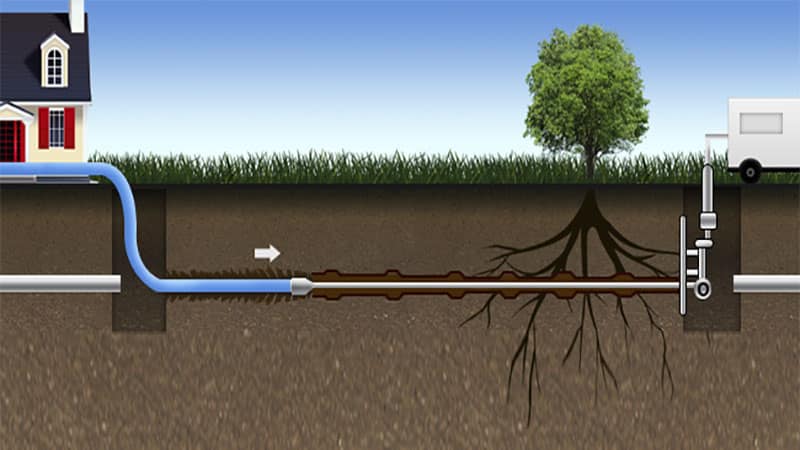
The cost of trenchless sewer repair varies based on your location (as prices differ by state), the shape, size, length, condition, and depth of the existing pipeline, the extent of the damage, access to the pipeline, and how far your property is from the main sewer line.
Costs also differ depending on the trenchless method selected. Traditional digging methods can range from $4,000 to $20,000, while pipe lining and bursting typically fall between $3,000 and $12,000. The complexity of the job will also influence labor costs.
If sewer lines back up into your home, homeowners insurance may cover the repair costs. Additionally, your municipality or county might be responsible for some expenses if the damage occurs on their property. Be prepared to cover the costs of refilling trenches, repaving, or restoring affected areas of your driveway, garden, or home.
Pros and Cons of Paying for Trenchless Sewer Repair
There are many advantages to trenchless sewer repair. Homeowners experience minimal property damage, reduced labor and repair costs, quicker completion times, and longer-lasting results. With less disruption to your daily life, trenchless sewer repair is an excellent option whenever feasible.
The downsides of trenchless sewer repair include its ineffectiveness on severely damaged pipes. Depending on how extensive the damage is and where the pipes are located, this method may not be suitable for your home.
Is Trenchless Sewer Repair Right for You?
Generally, trenchless sewer repair is a good alternative to traditional methods, but there are situations where it may not be appropriate. If the pipes can only be accessed through tight spaces, or if the original pipe has been improperly installed, collapsed, or burst, trenchless techniques may not work well. Additionally, if the line has shifted or is sloped incorrectly, traditional trenching would be the better option.
It’s important to hire a licensed plumbing specialist with significant experience in your area. They will be familiar with which trench repair methods are most effective.

